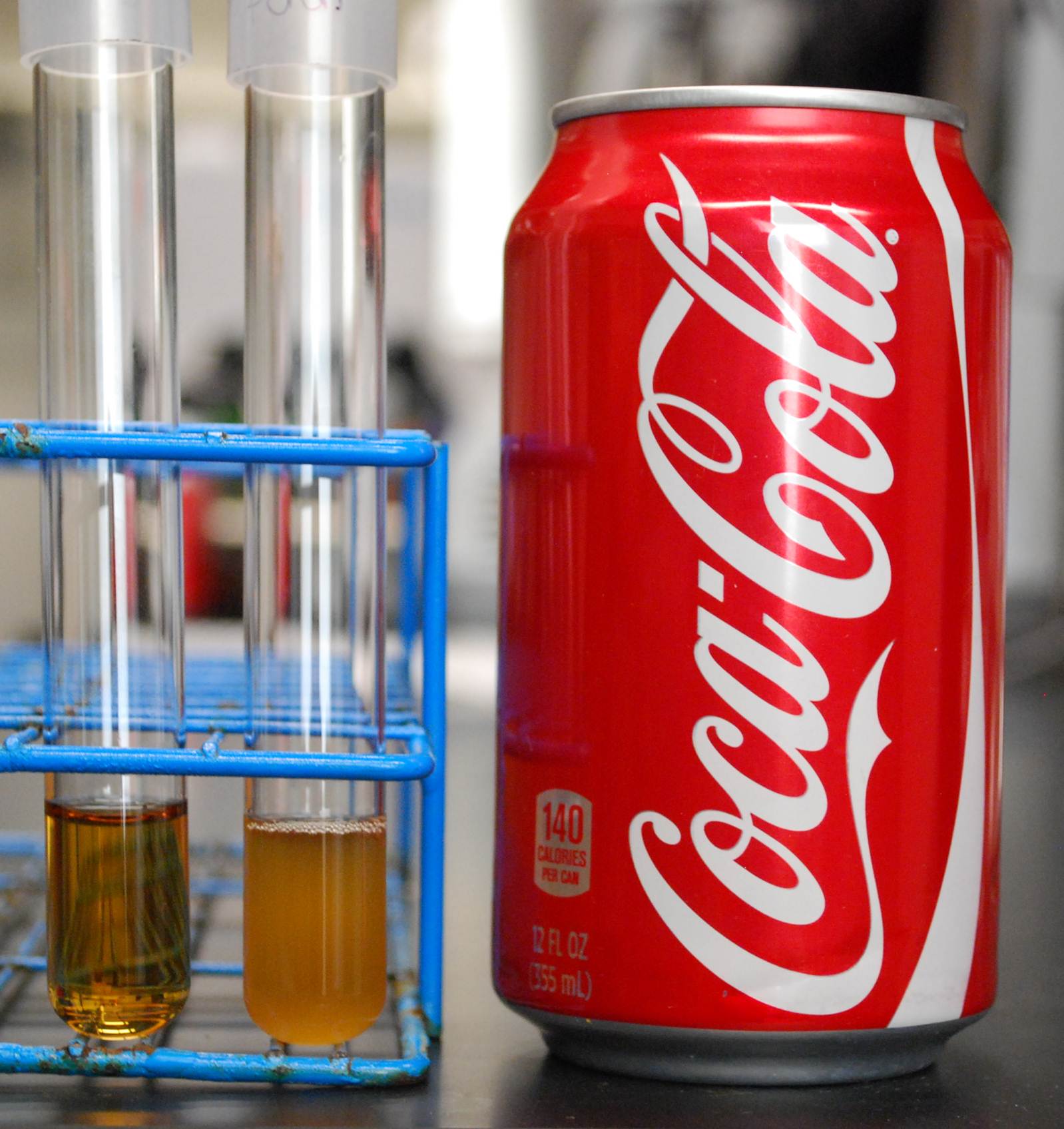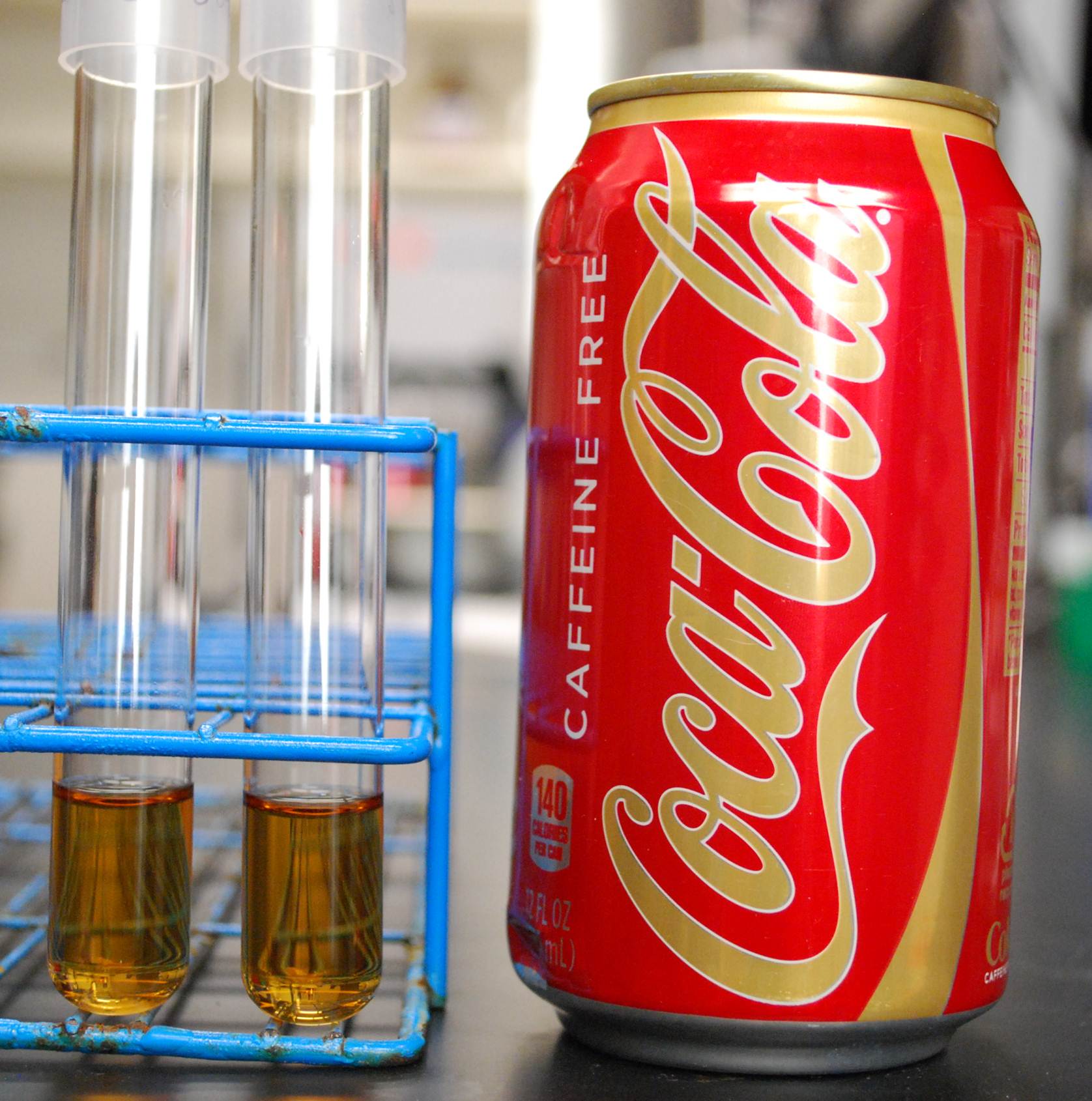Team:Austin Texas
From 2012.igem.org
| (82 intermediate revisions not shown) | |||
| Line 2: | Line 2: | ||
<html> | <html> | ||
| - | + | ||
| - | + | <ul class="cssmenu" style="float:left;"> | |
| - | + | ||
| - | <ul class="cssmenu"> | + | |
<li class="home"><a href="/Team:Austin_Texas" class="selected" title="home"><span class="displace">Home</span></a></li> | <li class="home"><a href="/Team:Austin_Texas" class="selected" title="home"><span class="displace">Home</span></a></li> | ||
<li class="team"><a href="/Team:Austin_Texas/Team" title="team"><span class="displace">Team</span></a></li> | <li class="team"><a href="/Team:Austin_Texas/Team" title="team"><span class="displace">Team</span></a></li> | ||
<li class="official_team_profile"><a href="https://igem.org/Team.cgi?year=2012&team_name=Austin_Texas" title="official_team_profile"><span class="displace">Official Team Profile</span></a></li> | <li class="official_team_profile"><a href="https://igem.org/Team.cgi?year=2012&team_name=Austin_Texas" title="official_team_profile"><span class="displace">Official Team Profile</span></a></li> | ||
| - | <li class=" | + | <li class="human_practices"><a href="/Team:Austin_Texas/ZombiE_coli#Human_Practices" title="Human Practices"><span class="displace">Human Practices</span></a></li> |
| - | <li class=" | + | <li class="Caffeinated_coli"><a href="/Team:Austin_Texas/Caffeinated_coli" title="Caffeinated_coli"><span class="displace">Caffeinated coli</span></a></li> |
| - | <li class=" | + | <li class="ZombiE_coli"><a href="/Team:Austin_Texas/ZombiE_coli" title="ZombiE_coli"><span class="displace">ZombiE.coli</span></a></li> |
| + | <li class="Spinach_reporter"><a href="/Team:Austin_Texas/Spinach_reporter" title="Spinach_reporter"><span class="displace">Spinach reporter</span></a></li> | ||
<li class="notebook"><a href="/Team:Austin_Texas/Notebook" title="notebook"><span class="displace">Notebook</span></a></li> | <li class="notebook"><a href="/Team:Austin_Texas/Notebook" title="notebook"><span class="displace">Notebook</span></a></li> | ||
| + | <li class="parts_submitted"><a href="/Team:Austin_Texas/Parts" title="parts_submitted"><span class="displace">Parts Submitted</span></a></li> | ||
<li class="safety"><a href="/Team:Austin_Texas/Safety" title="safety"><span class="displace">Safety</span></a></li> | <li class="safety"><a href="/Team:Austin_Texas/Safety" title="safety"><span class="displace">Safety</span></a></li> | ||
| - | <li class="attributions"><a href="/Team:Austin_Texas/Attributions" title="attributions"><span class="displace">Attributions</span></a></li> | + | <li class="attributions"><a href="/Team:Austin_Texas/Team#Attributions" title="attributions"><span class="displace">Attributions</span></a></li> |
</ul> | </ul> | ||
| - | + | ||
| - | + | <img src="https://static.igem.org/mediawiki/2012/1/16/University_of_texas_logo.jpg" alt="University of Texas at Austin logo" class="ut_logo" /> | |
| - | + | ||
| - | + | ||
| - | + | ||
</html> | </html> | ||
| + | [[File:CokeGrowth.png|335px|left]] | ||
| + | [[File:DietCokeGrowth.png|350px|right]] | ||
| + | [[File:UTAustinTower.jpg|x355px|center]] | ||
| + | |||
| + | |||
| + | = Project Caffeinated coli = | ||
| + | |||
| + | <html><a href="/Team:Austin_Texas/Caffeinated_coli"><img src="https://static.igem.org/mediawiki/2012/d/d1/Caffeinated_Coli.jpeg"; alt="Caffeinated Coli"; width="170px"; height="250px"; style="float:left; padding:3px; clear:right;"/></a></html> | ||
| + | |||
| + | |||
| + | |||
| + | The widespread use of caffeine (1,3,7–trimethylxanthine) and other methylxanthines in beverages and pharmaceuticals has led to significant environmental pollution. We have developed a novel detection and bioremediation strategy for caffeine contamination by refactoring the methylxanthine degradation operon native to ''Pseudomonas putida'' CBB5. ''Escherichia coli'' cells with this synthetic operon degrade caffeine by N-demethylation to the guanine precursor, xanthine. Cells deficient in guanine biosynthesis and containing our refactored operon were addicted to caffeine; their growth density was limited by the availability of caffeine. Remarkably, they were able to sense the caffeine content of several common beverages. Characterization of nearby genes in the ''P. putida'' operon revealed a potential methylxanthine regulatory system for use in biological circuit design. The synthetic N-demethylation operon could be useful for cheaply producing pharmaceuticals or precursor molecules and for detoxifying waste so that it can be recycled into animal feed and biofuels. | ||
| + | |||
| + | <br /><br /><br /><br /><br /> | ||
| + | |||
| + | = Project ZombiE.coli = | ||
| + | |||
| + | |||
| + | <html><a href="/Team:Austin_Texas/ZombiE_coli"><img src="https://static.igem.org/mediawiki/2012/a/a9/Austin_Texas_logo.png"; alt="ZombiE.coli"; width="170px"; height="250px"; style="float:left; padding:3px; clear:right;"/></a></html> | ||
| + | |||
| + | |||
| + | |||
| + | UT’s ZombiE.coli project aims to a develop a tightly regulated genetic switch that is triggered by bacterial quorum signaling and leads to feed-forward propagation of the genetic output in the form of red or green fluorescence as well as amplification of quorum signaling. The switch relies on simple one-way Cre/loxP recombination combined with native quorum signaling to provide us with a system that models transmissible disease spread between populations. We have likened this to an airborne zombie epidemic, in which an “infected” zombie cell is capable of restructuring the genes of a normal cell, turning it into a flesh-hungry counterpart. This system will be useful not only as a simple disease outbreak model for intermediate-level biology education, but also, could provide new insights to how bacterial populations communicate in three dimensions and under different genetic backgrounds. | ||
| + | |||
| + | <br /><br /><br /><br /><br /> | ||
| + | |||
| + | = Project PopeyE.coli = | ||
| + | |||
| + | <html><a href="/Team:Austin_Texas/Spinach_reporter"><img src="https://static.igem.org/mediawiki/2012/8/85/Spinach_icon.png"; alt="PopeyEcoli"; width="170px"; style="float:left; padding:3px; clear:right;"/></a></html> | ||
| + | |||
| + | |||
| + | |||
| + | In an effort to improve the efficiency, ease, and quality of promoter and RBS strength measurements, we focused on developing a dual fluorescence reporter for simultaneous monitoring both transcription and translation. To measure both processes separately, two fluorescent reporters, the Spinach aptamer and mCherry red fluorescent protein, were assembled into a single construct. The Spinach-mCherry dual reporter is a unique concept; Spinach is a short RNA aptamer that binds to its ligand, DFHBI, and allows it to emit green fluorescence similar to GFP. This gives insight into the direct production of the mCherry-encoding mRNA without the need to wait for protein folding and maturation of the fluorophore. This technique attempted to expand upon current efforts to measure promoter strength relative to a reference standard used by the iGEM community. | ||
| + | |||
| + | <html> | ||
| + | <br /><br /><br /><br /> | ||
| + | <center> | ||
| + | <a href="http://www.geneious.com/"><img src="https://static.igem.org/mediawiki/2012/d/db/Geneious.png" alt="Geneious logo" width="150px" height="62px" /></a> | ||
| + | <a href="http://www.neb.com"><img src="https://static.igem.org/mediawiki/2012/d/d6/Austin_Texas_NEB_logo.jpeg" alt="NEB logo" width="150px" height="58px" /></a> | ||
| + | <a href="http://www.epochlifescience.com"><img src="https://static.igem.org/mediawiki/2012/c/c6/Austin_Texas_Epoch_logo.jpg" alt="Epoch logo" width="150px" height="65px" /></a> | ||
| + | <a href="http://cssb.utexas.edu"><img src="https://static.igem.org/mediawiki/2012/4/43/UT_Austin_CSSB.jpg" alt="UT Austin CSSB logo" width="150px" height="65px" /></a> | ||
| + | <a href="http://cns.utexas.edu"><img src="https://static.igem.org/mediawiki/2012/e/ec/UT_Austin_CNS.png" alt="UT Austin CNS logo" width="150px" height="65px" /></a> | ||
| + | |||
| + | </center> | ||
| + | |||
| + | <div id="footer" /> | ||
| + | </html> | ||
| + | |||
| + | <!-- this is commented out | ||
{|align="justify" | {|align="justify" | ||
|You can write a background of your team here. Give us a background of your team, the members, etc. Or tell us more about something of your choosing. | |You can write a background of your team here. Give us a background of your team, the members, etc. Or tell us more about something of your choosing. | ||
| - | | | + | | |
|- | |- | ||
| | | | ||
| Line 32: | Line 79: | ||
|- | |- | ||
| | | | ||
| - | | | + | | |
|} | |} | ||
| + | |||
| + | --> | ||
Latest revision as of 16:21, 29 May 2013

Project Caffeinated coli
The widespread use of caffeine (1,3,7–trimethylxanthine) and other methylxanthines in beverages and pharmaceuticals has led to significant environmental pollution. We have developed a novel detection and bioremediation strategy for caffeine contamination by refactoring the methylxanthine degradation operon native to Pseudomonas putida CBB5. Escherichia coli cells with this synthetic operon degrade caffeine by N-demethylation to the guanine precursor, xanthine. Cells deficient in guanine biosynthesis and containing our refactored operon were addicted to caffeine; their growth density was limited by the availability of caffeine. Remarkably, they were able to sense the caffeine content of several common beverages. Characterization of nearby genes in the P. putida operon revealed a potential methylxanthine regulatory system for use in biological circuit design. The synthetic N-demethylation operon could be useful for cheaply producing pharmaceuticals or precursor molecules and for detoxifying waste so that it can be recycled into animal feed and biofuels.
Project ZombiE.coli
UT’s ZombiE.coli project aims to a develop a tightly regulated genetic switch that is triggered by bacterial quorum signaling and leads to feed-forward propagation of the genetic output in the form of red or green fluorescence as well as amplification of quorum signaling. The switch relies on simple one-way Cre/loxP recombination combined with native quorum signaling to provide us with a system that models transmissible disease spread between populations. We have likened this to an airborne zombie epidemic, in which an “infected” zombie cell is capable of restructuring the genes of a normal cell, turning it into a flesh-hungry counterpart. This system will be useful not only as a simple disease outbreak model for intermediate-level biology education, but also, could provide new insights to how bacterial populations communicate in three dimensions and under different genetic backgrounds.
Project PopeyE.coli
In an effort to improve the efficiency, ease, and quality of promoter and RBS strength measurements, we focused on developing a dual fluorescence reporter for simultaneous monitoring both transcription and translation. To measure both processes separately, two fluorescent reporters, the Spinach aptamer and mCherry red fluorescent protein, were assembled into a single construct. The Spinach-mCherry dual reporter is a unique concept; Spinach is a short RNA aptamer that binds to its ligand, DFHBI, and allows it to emit green fluorescence similar to GFP. This gives insight into the direct production of the mCherry-encoding mRNA without the need to wait for protein folding and maturation of the fluorophore. This technique attempted to expand upon current efforts to measure promoter strength relative to a reference standard used by the iGEM community.





 "
"




